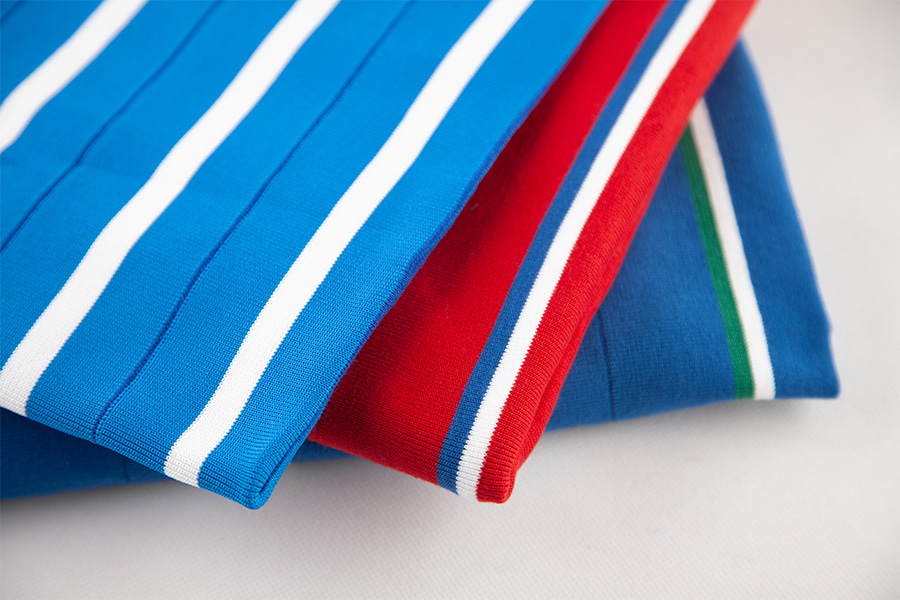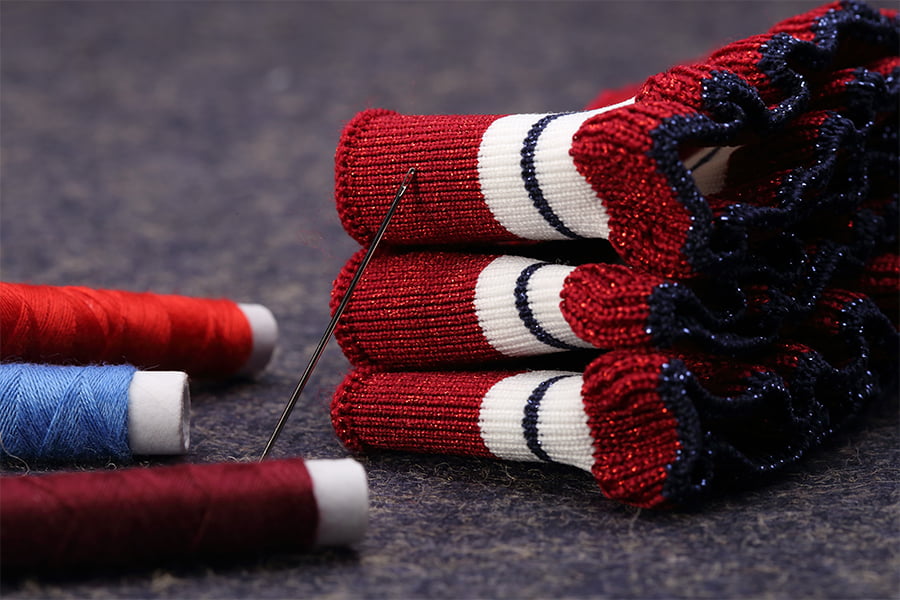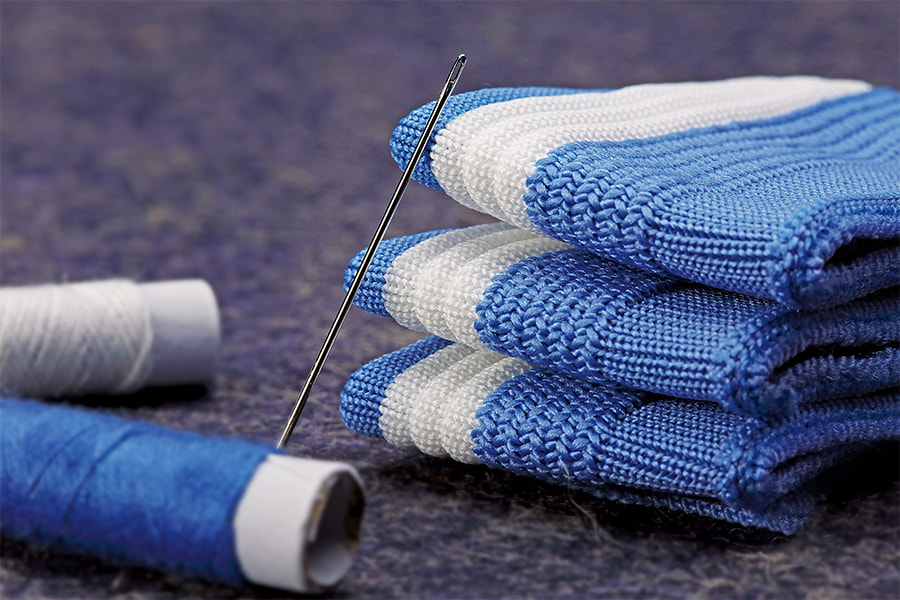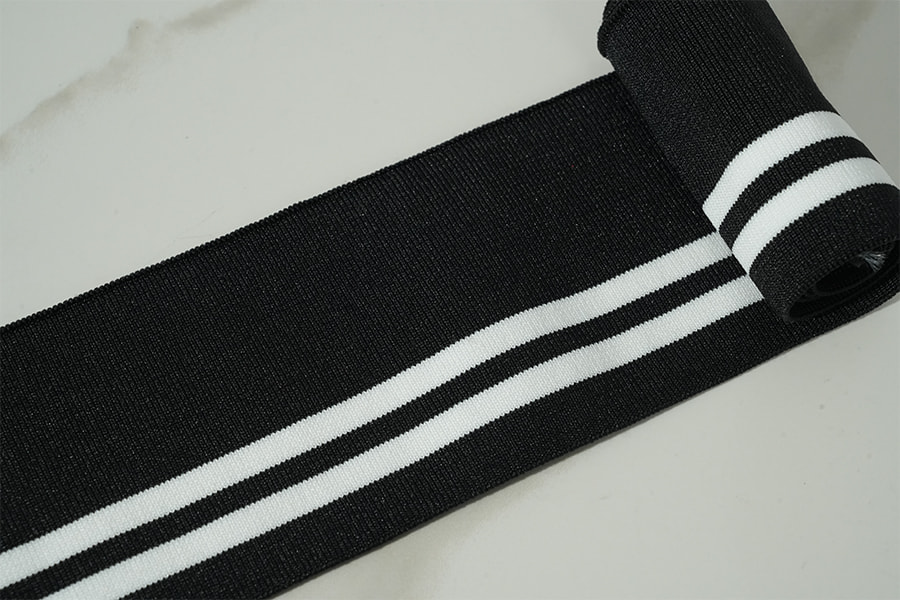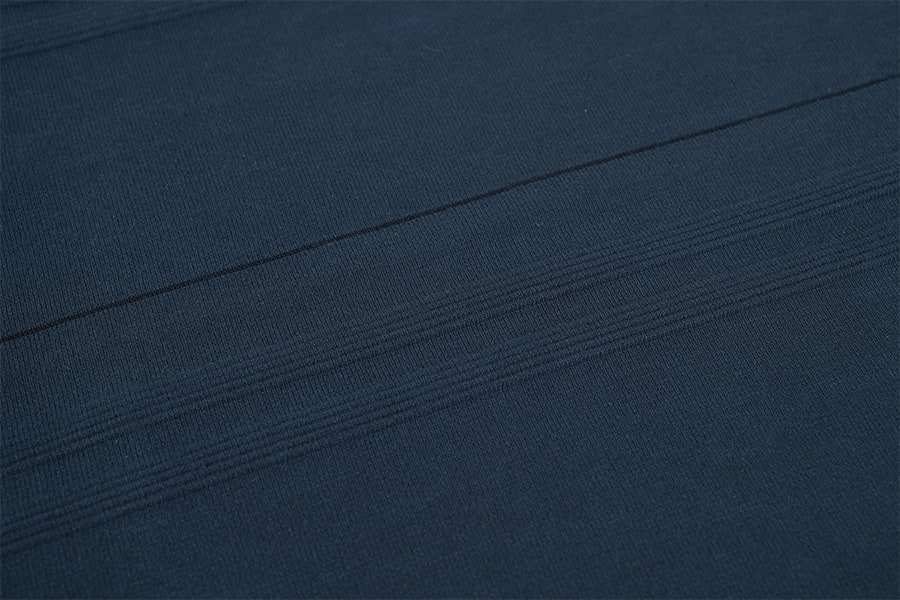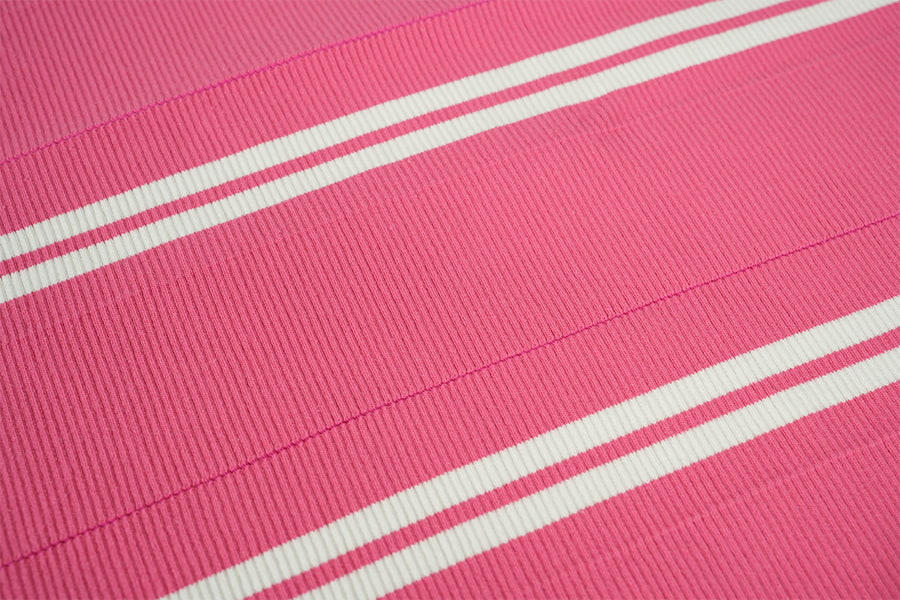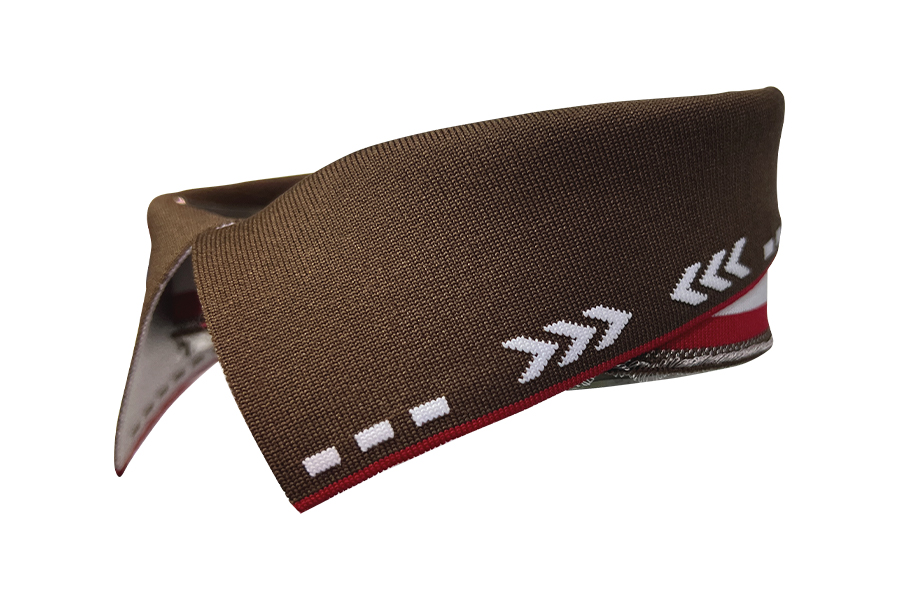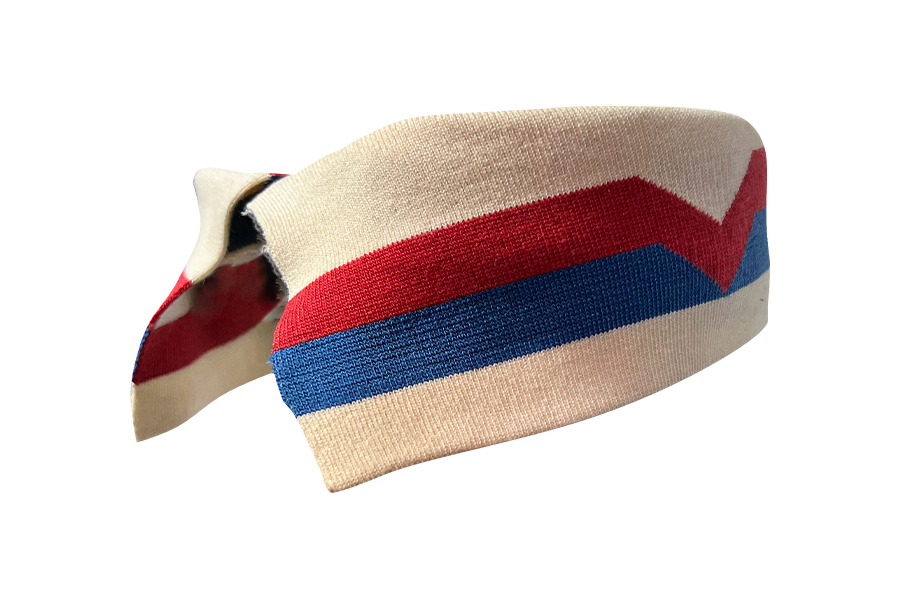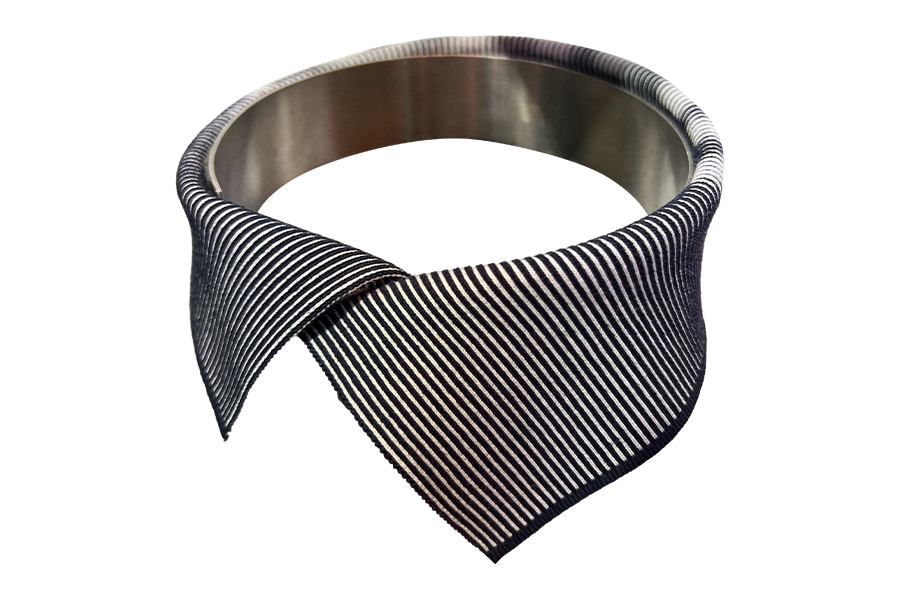In today's fashion industry, viscose is highly favored for its superior softness, comfort and breathability, especially in the application of detailed designs such as cuff ribs. Although viscose fabrics have many advantages, their care and washing process must be treated with caution to ensure that the fabric maintains excellent appearance and performance in long-term use.
Analysis of the characteristics of viscose fabrics
Before cleaning and maintaining viscose fabrics, it is important to have a deep understanding of its basic characteristics. Viscose is a regenerated cellulose fiber that has similar softness and breathability to natural fibers, but its water resistance and heat resistance are relatively low. Therefore, when handling viscose fabrics, avoiding contact with high temperatures and strong chemicals is the key to maintaining its performance.
Preparation before washing
Before washing viscose cuff ribs, it is recommended to read the washing instructions on the garment label carefully. Different brands and styles of viscose fabrics may have different care requirements. In general, the following steps can effectively ensure the cleaning and maintenance of fabrics:
Classification washing: Wash viscose cuff ribs separately from other fabrics to avoid direct contact with rough materials to reduce the risk of wear and damage.
Stain check: Before washing, carefully check the cuffs for obvious stains and treat them accordingly. You can use a mild detergent to gently apply to the stain and let it sit for a few minutes before washing.
Choose the appropriate washing method
For viscose cuff ribs, it is recommended to use hand washing or gentle machine washing mode to ensure the integrity and comfort of the fabric:
Hand washing: Mix warm water with a small amount of neutral detergent and gently soak the viscose cuff ribs. Avoid excessive rubbing and twisting to prevent damage to the fiber structure. After washing, be sure to rinse thoroughly with clean water to ensure that there is no residual detergent.
Machine washing: If you choose to machine wash, be sure to use cold or warm water (no more than 30°C) and select the "gentle" or "hand wash" mode. Putting the clothes in a laundry bag can effectively reduce friction and pulling, thereby reducing the possibility of fabric damage.
Drying and storage recommendations
After washing, viscose fabrics should not be exposed to direct sunlight to avoid fading and deformation. It is recommended to lay it flat in a cool and ventilated place to dry naturally, and avoid using a dryer or high-temperature equipment for drying. In addition, when storing, you should choose a clothing bag with good breathability and avoid mixing it with other rough materials to maintain the texture of the fabric.
